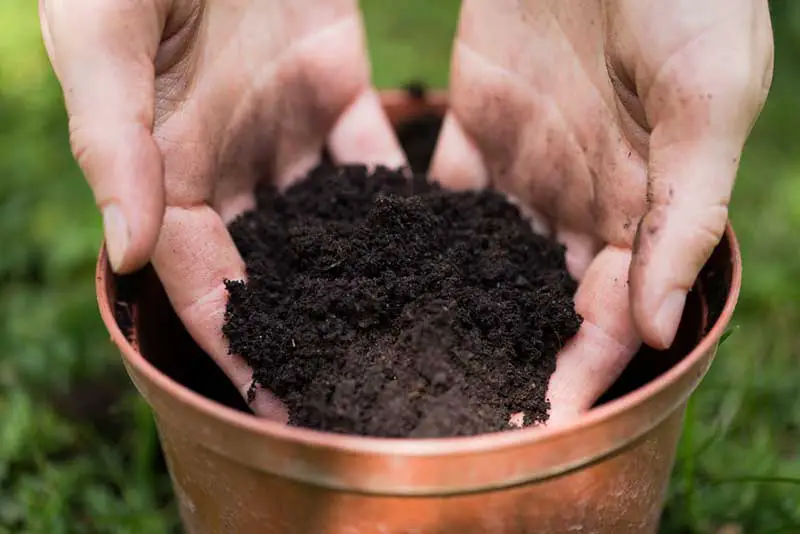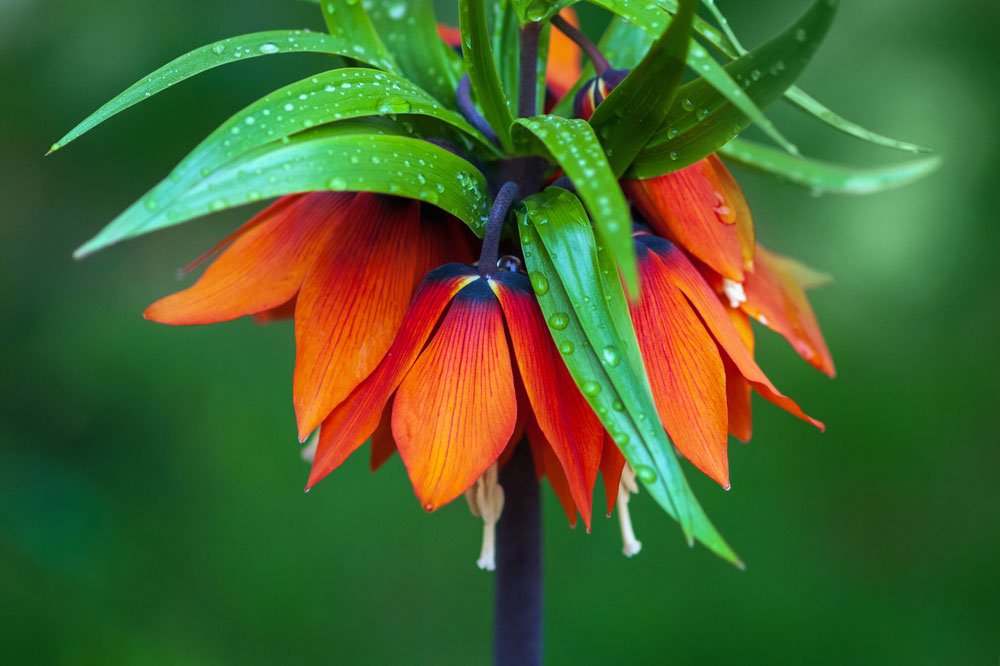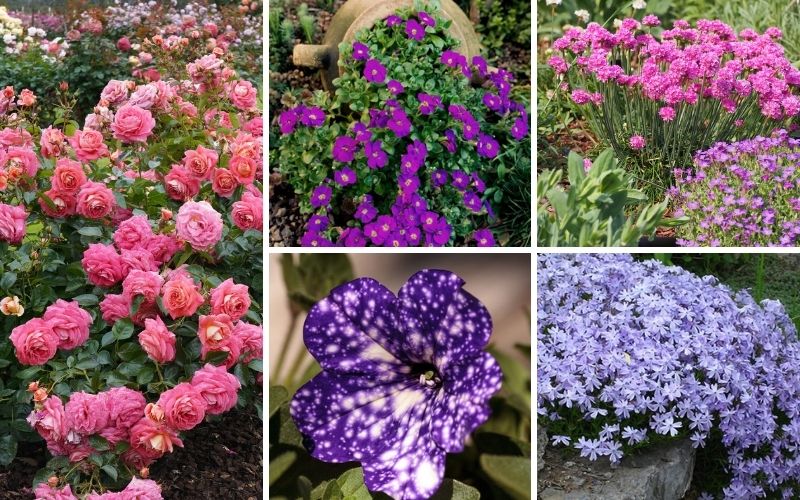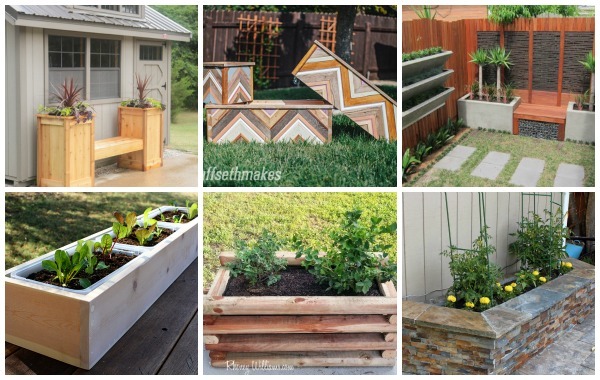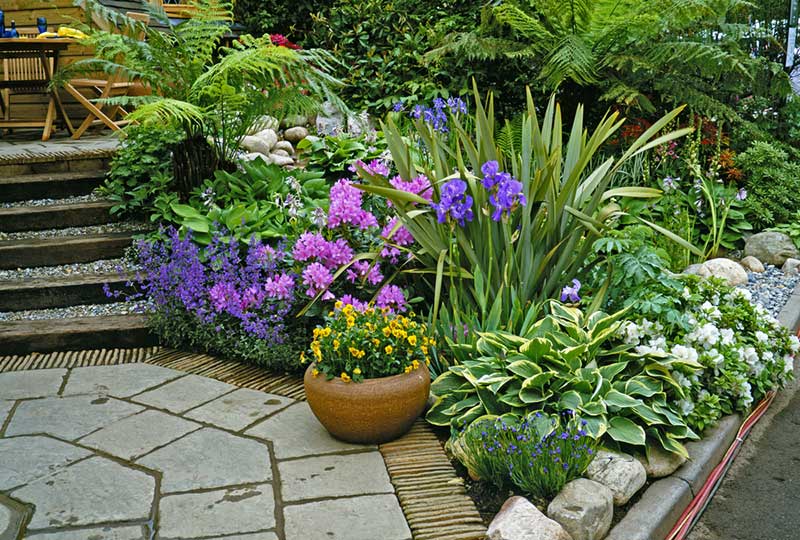
There are many ways homeowners can work to make their property look and feel more inviting. A beautiful lawn and garden can go a long way in achieving the desired look.
However, some yards are a bit more challenging when it comes to landscaping because they are shady and do not get as much sun.
In situations like this, homeowners are faced with the dual challenge and thrill of designing shady loving garden spaces. It may not be as stunning or striking as a flower bed filled with brilliantly colored plants but a shady plant planter or bed can still be a stunning part of your overall landscape design layout.
Understanding the nature of Shade Loving Plants
Most shade plants do best in part shade or light shade. This is by far the most common situation for shady areas as the chances of having spaces that receive no sun at all are not as common outside heavily forested areas.
Partial shade means that the space in question will receive at least a few hours of sun every day.
This can also include spaces that receive longer periods of lower light or dappled shade.
In most cases, shaded areas in the average backyard landscape may get no direct sun at all but will still get decent light exposure throughout the day from sunrise to sunset. For some homeowners, the areas with the most challenging shade levels may be right around the house itself. In these situations, shade-loving planters may be the best option.
The following are some tips that can help you get the best planters for those shady portions of your home.
Find the Right Container
Being successful with your planters depends largely on choosing the right planters from the start. Be sure to consider some critical things when choosing what planter you want to use for your shade garden use.
- Consider the overall size and how many plants it can hold when they are fully grown
- Pay attention to drainage and make sure plants will not become waterlogged
- Think about the materials the planter is made of and how it will hold up outside in the elements
- Take into account design elements and how the container can complement the plants
Use the Best Soil Type
With your planter choice out of the way, it is time to consider the soil medium that will be used. Every plant is different so be sure you are choosing the soil that will be suitable for the plants you want to use.
- Think about drainage needs and choose soil that will drain properly
- Consider moisture needs and add organic matter to the soil to keep plants healthy
- Remember that soil needs to be light and airy and not too heavy or compacted in the planter
- Take into account how heavy the soil can make the planter when it is set up
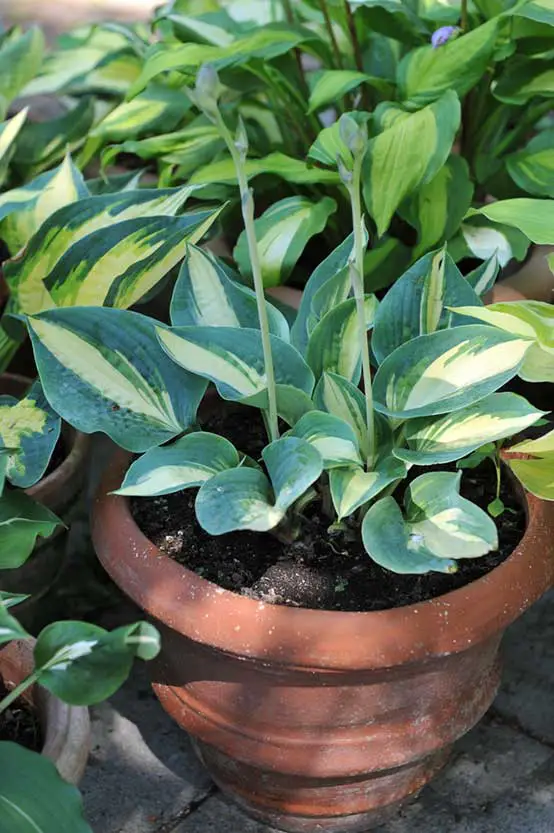
Choose the Right Plants
Plant selection is important when making a shade-loving planter setup for your home. No matter how big or small your available space may be, there are some things to keep in mind as you choose your plants.
- Choose plants that can tolerate your current level of sun versus shade exposure
- Look at color combinations and foliage textures to create stunning arrangements
- Select different colors, sizes, heights, and growth habits for a unique look in your planters
- Remember that some foliage plants do have flowers so be sure to add those where possible
Here are some articles about shade-loving plants:
10 Shade Annuals That Grow Well in Containers
10 Best Annuals for Morning Sun and Afternoon Shade
10 Shade-Tolerant Flowering Shrubs
18 Annual Plants that Grow in Partial Shade
Keep Up With Maintenance
Once your planter is ready to go and has been planted, the final step is to ensure the plants are well cared for. Proper plant maintenance and care will keep your planters looking great all season long.
- Dead head any blooms that do show up once they die to encourage new flowers
- Remove dead and damaged leaves to keep the planters looking healthy
- Check for pest and disease issues and take care of any problems as soon as possible
- Replace plants as needed to keep planters clean and attractive looking for longer
Final Thoughts
There are many options to consider and choose from when it comes to making attractive shade planters for your home and garden. With these tips in mind, you can find the right setup that will work for your specific situation and needs. Discover the joy of shade plants and add this unique theme to your garden landscape plans today!

